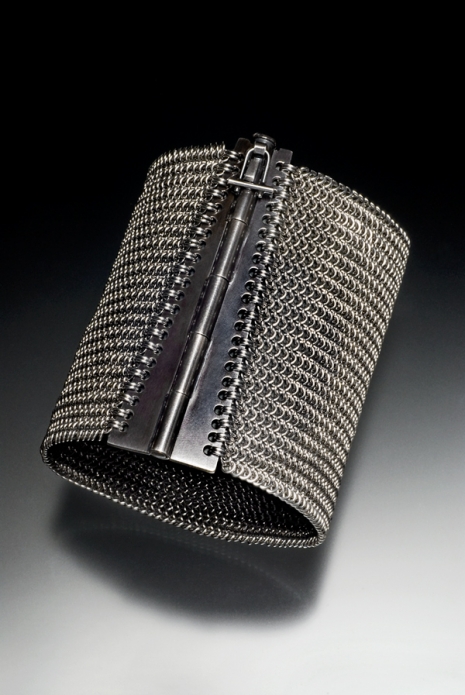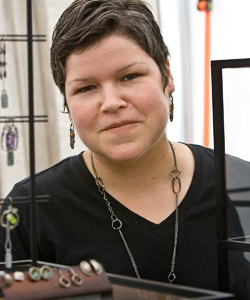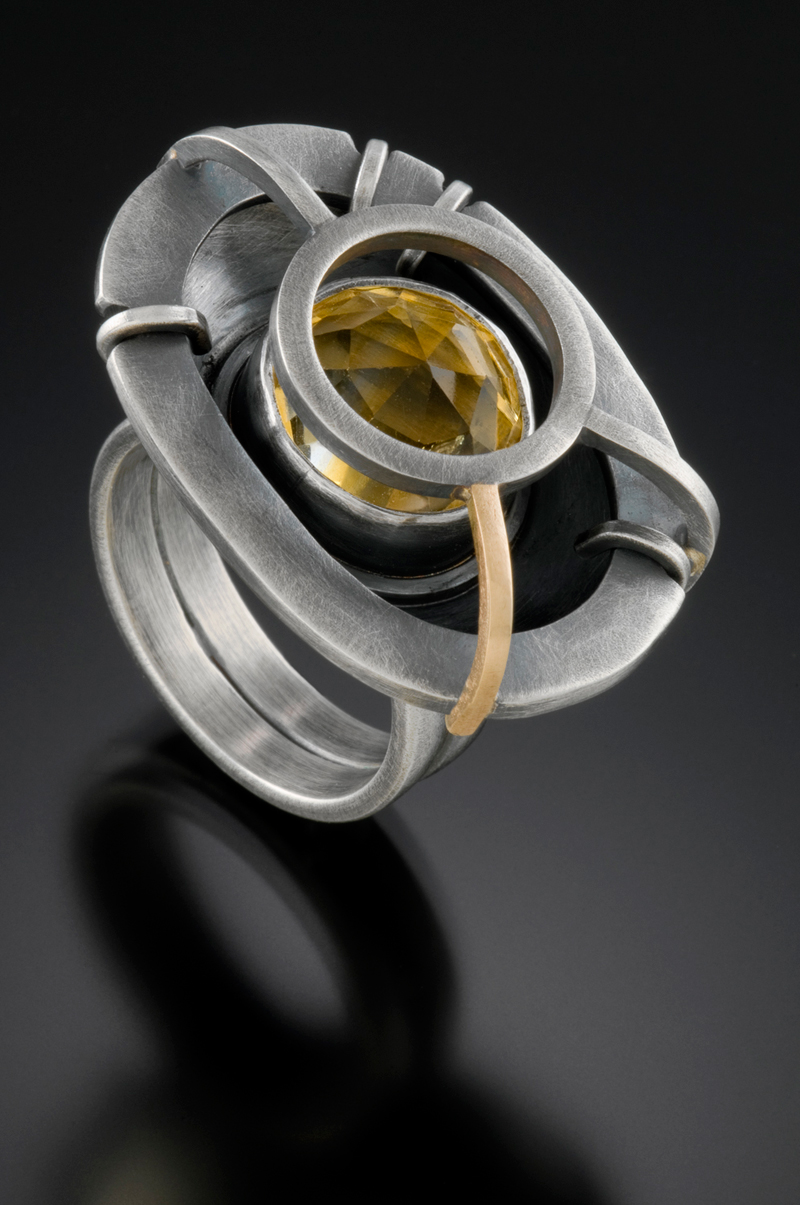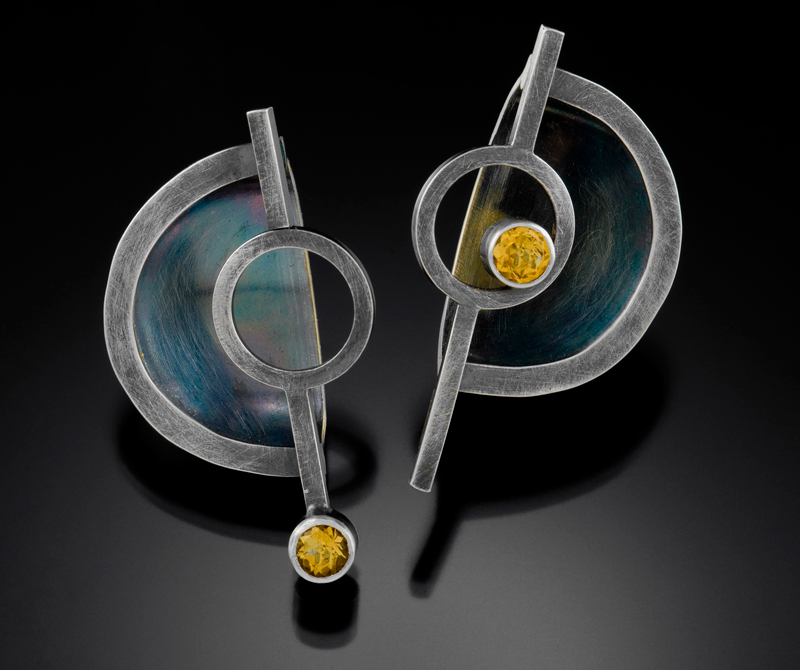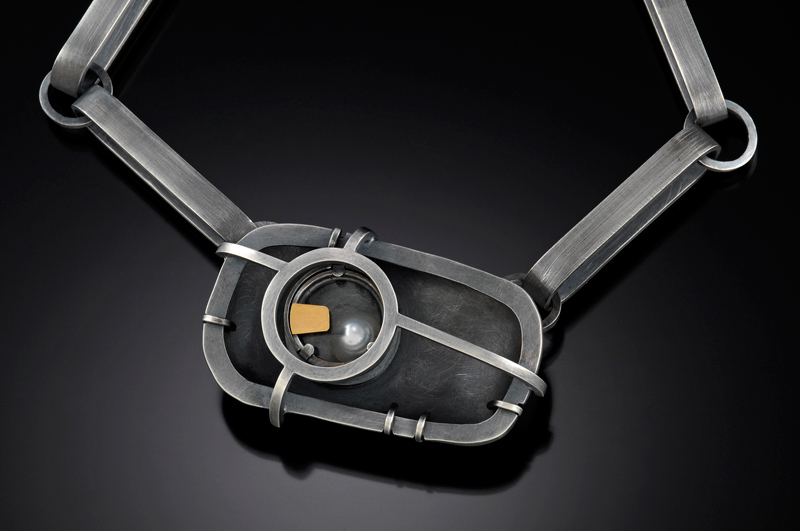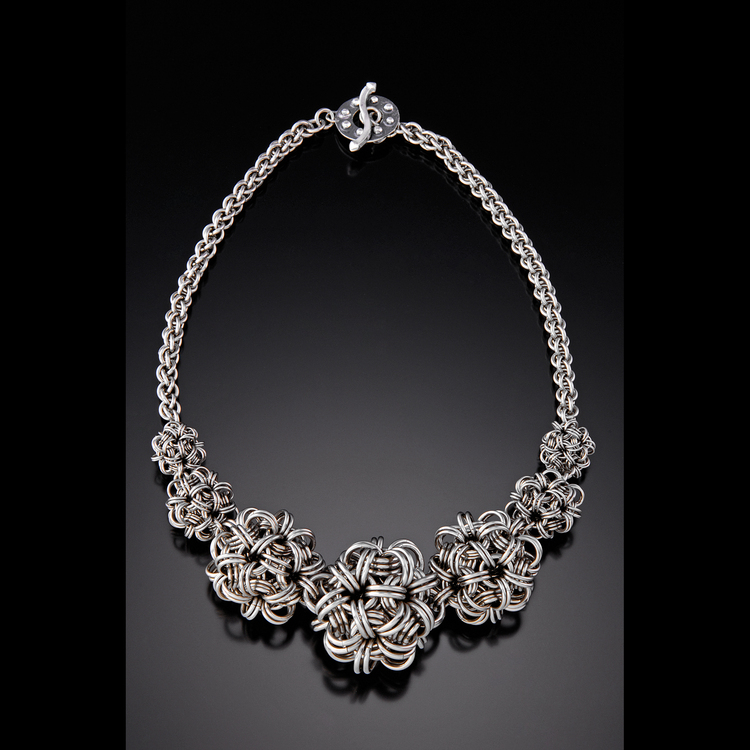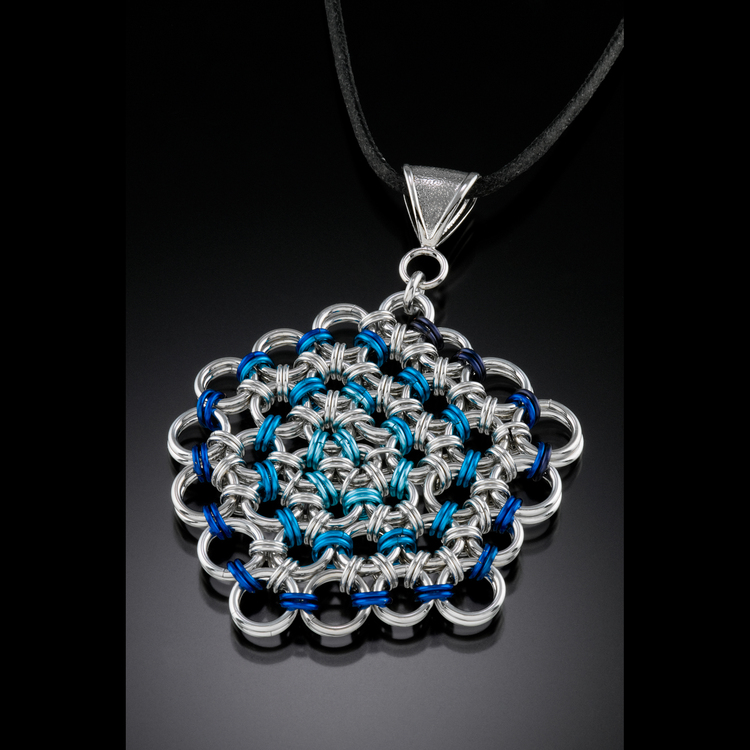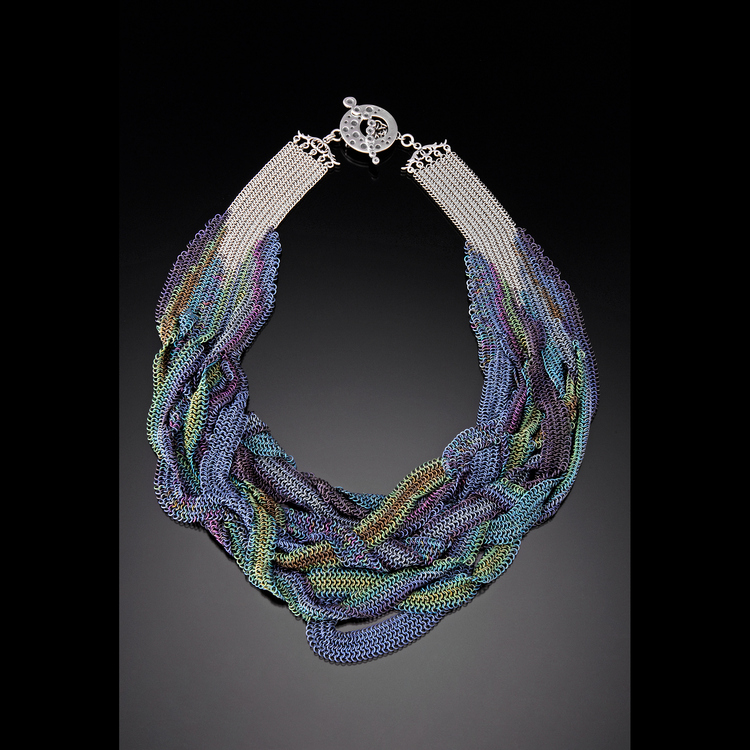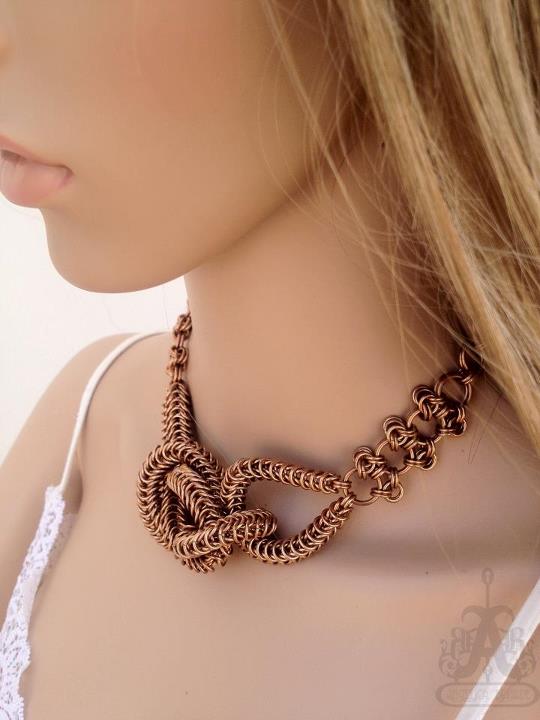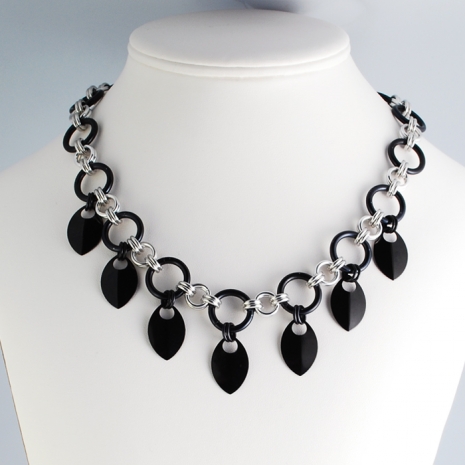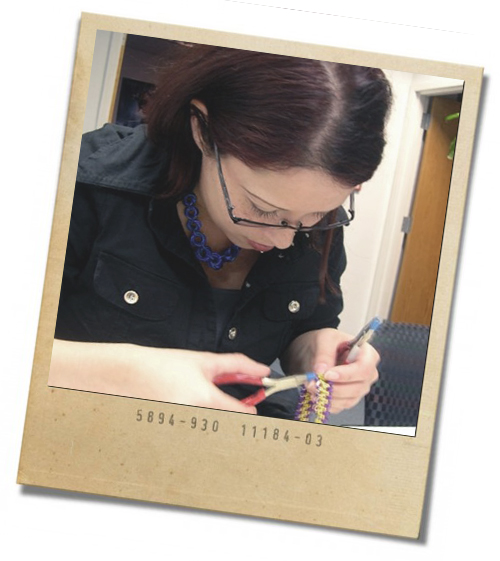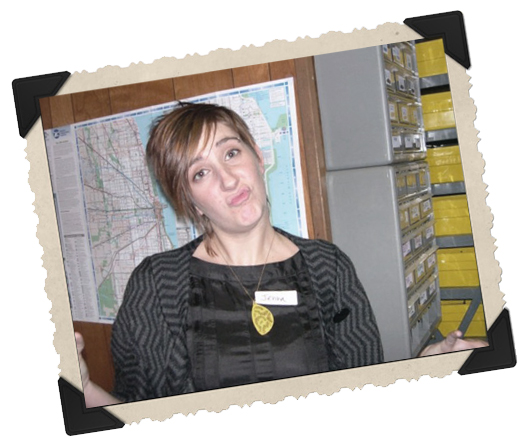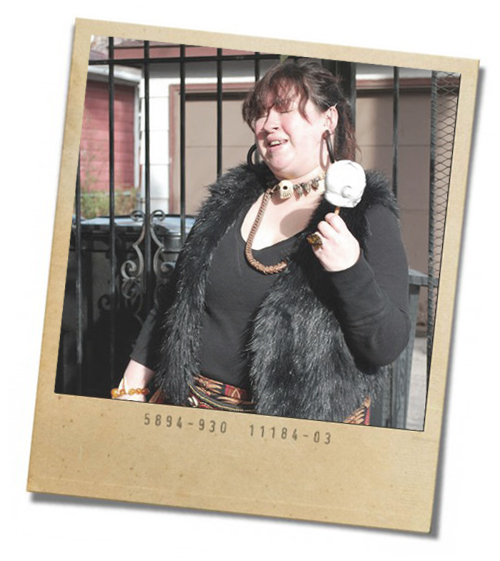Over th e past few months, some of you have undoubtedly noticed that Blue Buddha’s stock of anodized aluminum jump rings hasn’t been as plentiful as it used to be. Just like we updated you on our enameled copper jump ring situation a month ago, we’d like to keep you in the loop with our Anodized Aluminum issues.
e past few months, some of you have undoubtedly noticed that Blue Buddha’s stock of anodized aluminum jump rings hasn’t been as plentiful as it used to be. Just like we updated you on our enameled copper jump ring situation a month ago, we’d like to keep you in the loop with our Anodized Aluminum issues.
First off, anodizing aluminum can be a tricky process. The current way in which our rings are anodized is called basket anodizing (in which all the rings are compressed together in a basket and dipped in the dye). This method is usually fast, but it tends to lead to a lot of color variation. In case you missed it, check out the articles below for more information on the process:
- Anodized Aluminum 101: Color Variation is just a fact of life – The first part in our series all about anodized aluminum jump rings.
- Anodized Aluminum 101: Visit to an aluminum anodizing factory – A look behind the scenes at the creation of your anodized aluminum rings.
- Anodized Aluminum 101: Why is there no white anodized aluminum? – A great explanation about how the dyes interact with the rings and why there is no white AA.
We’ve had a great relationship with our USA-based anodizing company for the past two years, but unfortunately our main contact there left and the transition to a new team hasn’t been as smooth as we’d like. Literally overnight, their turnaround time increased from 3 weeks to more than 6 months for some colors. And the quality on the batches we were receiving was so poor, most had to be sent back to the anodizer. So yes, believe me, we understood your frustration well. We, too, couldn’t understand why everything had changed! A turnaround of longer than 3 weeks was unacceptable for us, and it was certainly not the best use of our cash to have hundreds of pounds of plain rings sitting at the anodizer at any given time, waiting to be anodized.
After many phone calls, we found out that one of the reasons for the delay was because the person who usually anodized our rings had an accident and was out of commission for some time. Additionally, before sending inventory to us, the company was trying to fully quality control all the 20-gauge rings by hand-picking the off-color rings. (To the anodizer’s credit, they had spent many hours and tens of thousands of dollars researching an assembly line automated quality control machine, but alas, this machine was unable to be perfected.) So, we suggested they simply send us the 20ga rings as-is, and we will have our folks quality control them here. That way, we aren’t held up waiting for someone several states away to sift through a quarter of a million rings in one color before they’re even sent to us. Instead, we can quality control them here, 50,000 at a time or so, and better keep up with orders.
Although that has helped, we are still looking for backup anodizers to help us keep up with demand, especially because we would love to launch our highly-anticipated “bulk buy” option. Obviously, there’s no way we can offer rings in bulk until our current stock issues are well under control.
Finding new anodizers has been exceeding challenging! The “bright-dip” process that gives our rings a nice, shiny finish is prohibited in Illinois. So we can’t fill our needs locally and we’re looking out of state. Although there are a plethora of anodizers in the U.S., it is difficult to find someone who wants to handle our (relatively small) volume. All of the companies we’ve spoken to thusfar have given us very expensive quotes. (And we’re pretty sure none of you would pay $60 for a 1000-pack of D20 jump rings!) So essentially, it’s just a very time-consuming process of going through lists of anodizers and getting quotes and samples.
We are considering switching to “rack” anodizing for at least our 20ga rings. With this method, the coils are anodized and the rings cut later. This means that the overall color consistency of a single ring will be nearly perfect, although the ends will not be colored. It also means that batches will have to be very closely monitored to make sure different dye lots aren’t mixed together during the cutting process. But overall, the time required to quality control should decrease significantly. We’re doing some testing and will share the results with you to find out the best solution for all of us.
In the meantime, I was hoping to be able to post a list of upcoming AA batches that will be ready soon, but unfortunately, the product we’ve been receiving in the past few weeks has once again been unreliable, and I’d hate to make promises that we cannot deliver on. 
Know that our Buyer, Jen, and myself are working hard to find more anodizers to meet our needs. (If you happen to know someone, or a friend-of-a-friend, in this industry, please do send ’em our way!) We’ve both lost sleep over this issue and are committed to solving it once and for all.
